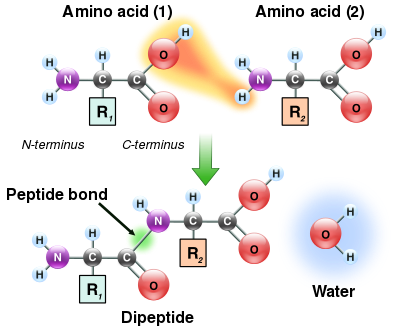 

 The further detail on Gabriel phthalimide reaction will be given to you by Mr, Lalit Sardana (IIT-JEE AIR 243) who has been running a tutorial house since past many years and this tutorial house has a history of bringing up maximum number of IIT selections from the city. He is an exceptional teacher and here he is teaching you Gabriel phthalimide reaction using phthalic acid . This video is helpful for the students appearing for 11th CBSE, 12th CBSE, JEE Mains, JEE Advanced, KCET, VITEEE, J and K Engineering exams.
Watch the Videos related to the Gabriel Phthalamide Reaction in the following link http://www.studyadda.com/videos/jee-chemistry-lectures/haloforms/gabriel-phthalimide-synthesis/1425
The further detail on Gabriel phthalimide reaction will be given to you by Mr, Lalit Sardana (IIT-JEE AIR 243) who has been running a tutorial house since past many years and this tutorial house has a history of bringing up maximum number of IIT selections from the city. He is an exceptional teacher and here he is teaching you Gabriel phthalimide reaction using phthalic acid . This video is helpful for the students appearing for 11th CBSE, 12th CBSE, JEE Mains, JEE Advanced, KCET, VITEEE, J and K Engineering exams.
Watch the Videos related to the Gabriel Phthalamide Reaction in the following link http://www.studyadda.com/videos/jee-chemistry-lectures/haloforms/gabriel-phthalimide-synthesis/1425
You need to login to perform this action.
You will be redirected in
3 sec
